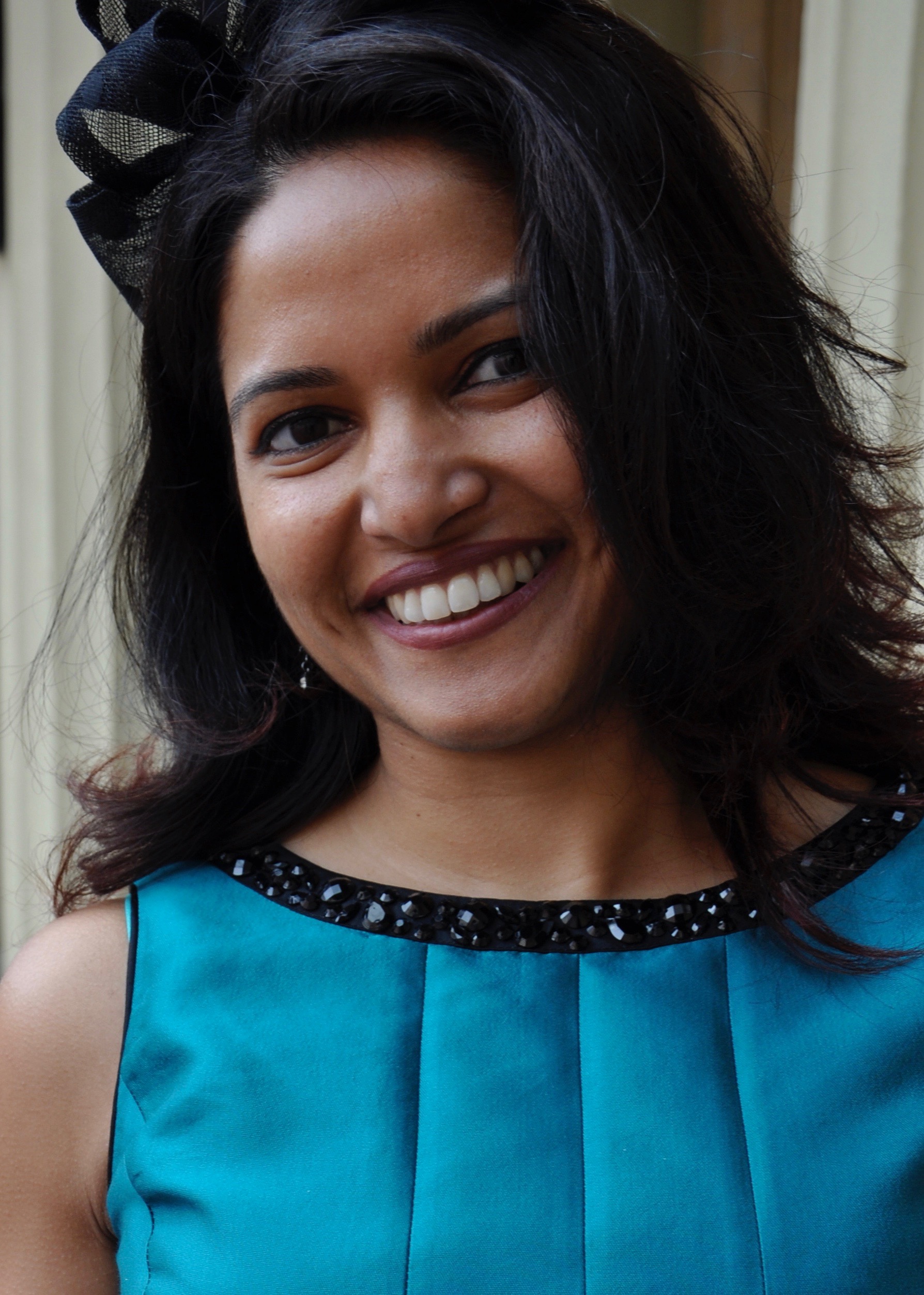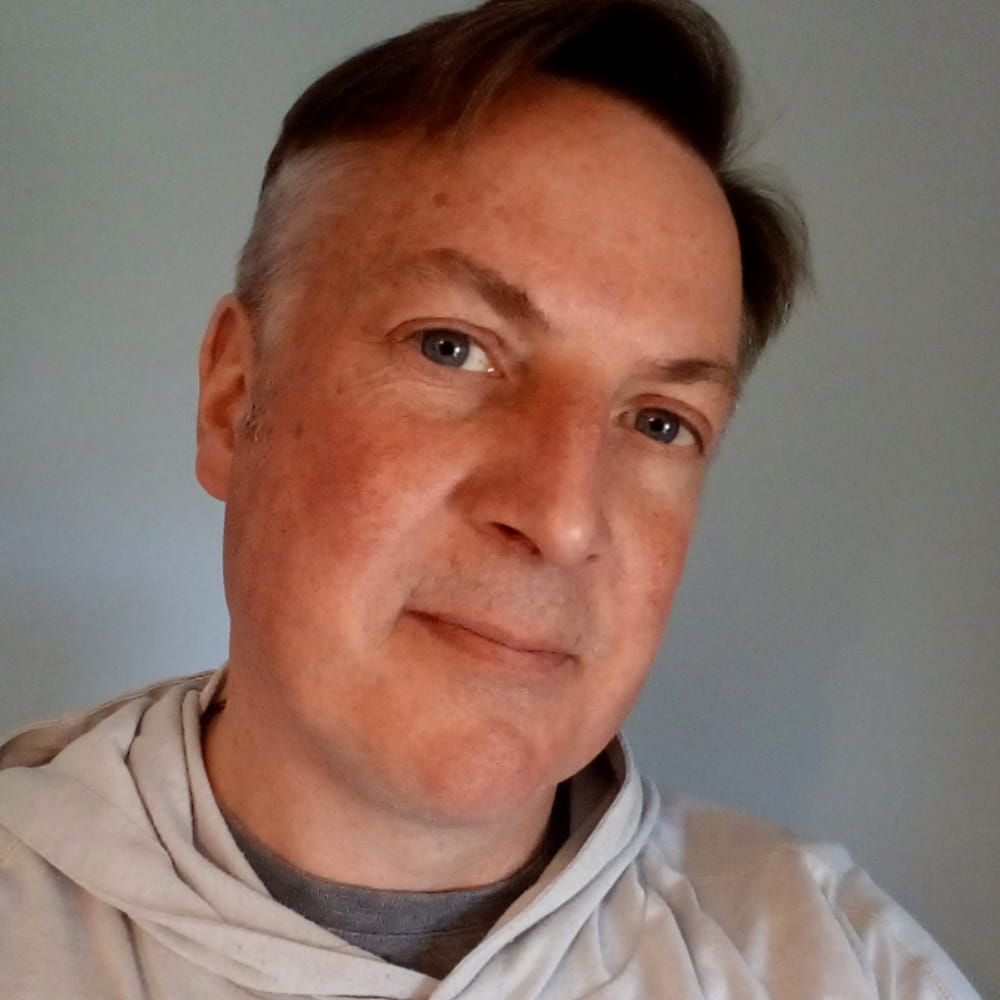The Time for Action Q&A: Dr Afsheen Kabir Rashid MBE, founder of Repowering, on the benefits of community energy

Dr Afsheen Kabir Rashid (MEnv, Environment Science in Society, 2004; honorary doctorate, 2017) is Founding Director of Repowering, a London-based organisation which supports community groups to plan, fund and build their own renewable energy or energy efficiency projects.
Repowering acts as an ‘intermediary’, bridging the gap between local government and residents, and collaborating with the latter group to bring forward tailored solutions, that meet the needs and requirements of that community.
With previous experience in both local and national government, Afsheen launched Brixton Energy Solar, a volunteer-led project, in 2011, establishing the UK’s first community energy project to be sited on social housing the following year. Having delivered three successful projects across Lambeth, in 2013 she co-founded Repowering. The organisation has since delivered further projects, in Hackney, North Kensington and the City of London, raising over £700,000 to help realise its vision of decentralised, decarbonised and democratised energy.
Afsheen is Chair of Community Energy England and a Board member of Friends of the Earth, the UK’s largest grassroots environmental campaigning organisation. She was instrumental in setting up the Muslim Women’s Collective, based in the Tower Hamlets, which aims to empower Muslim women to play an active role in improving the environment.
She was awarded an MBE in the 2016 New Year’s Honours List.

Casting your mind back to 2011 and that first project, what was the landscape like in relation to community energy?
“At that time, there was this real growth in cooperatives, I think in response to the financial crisis, and a lack of trust in existing institutions. The government had also recently announced a subsidy for renewable energy - the Feed-In Tariff – and tax incentives, not just for renewable energy, but for green enterprises.
“So community energy kind of landed in the middle of all that.
“At the time, community energy projects were seen as something that happened in rural areas - white, middle class communities who had money to invest. We came together in Brixton, a very different context, and said, 'We can make this happen here.'
“So our journey started with a project to install solar panels on social housing blocks in Brixton.
“The site was identified by the local residents. We went around a number of sites, saying, ‘Is this site suitable for solar panels? Is the roof sound?’ And it was the residents who said, ‘That roof there - that's good for you. Put the solar panels there.’”
How did you fund it?
“We had to raise £57,000 through a community share offer, which was the first that we had designed, so there were a lot of unknowns.
“Even to the last minute, we were asking, “Will we get the money? Will people invest in this scheme?’
“The response was phenomenal. We pretty much raised our money in three or four weeks.
“I think a lot of people invested, just thinking, ‘We're going to give them a chance. We don't know whether we're going to get our money back, we don't care about the returns, but this is something that offers some benefits back to the community. This is something that is empowering us as residents and is tackling climate change.’”
Were your initial investors all residents?
“At that point, I think it was roughly 20% from the estate, but over 90% from Lambeth as a whole, so that, in itself, was a success.
How tricky was it to convince the residents that this was something for them?
“Well, these projects really take time because you need to build that trust and that relationship with local people and residents.
“We went out, you know, door knocking. We had 10 or 12 volunteers going onto the estate, on a weekly basis.
“A lot of our volunteers were local residents themselves, and well-connected. That's quite powerful and door-knocking meant we could reach out to people who wouldn't have otherwise come to a meeting in a community centre.
“We really listened - with Repowering we're really proud of our inclusive model of engagement.
“When you start running engagement and events, you always find people who are ready and willing to be engaged, who are already clued up to the environment, and energy, and climate change.
“The first people to come forward, they are like gold dust to us, because they can help us penetrate the community and the hardly-engaged and hardly-listened-to people.
“A lot of the residents were like, ‘How's it going to benefit me? What are you going to do for my children? What are you going to do for the community?’"
How did you overcome that scepticism?
“Each time we went out and someone challenged us, we thought, ‘Okay, let's think about this, let’s weave a solution into the project.’
“We offered work experience for one of the local residents, when we were installing the solar panels. So, he got a chance to work with professional installers and then he took that experience with him to then be able to get other jobs in the construction industry.
“We ran workshops on the estate around how to switch energy providers. By linking up with another project, we were able to get draft-proofing workshops.
“We also knew that not everyone would be able to invest, so we thought, ‘Okay, we’ll ring-fence surplus income for a Community Fund.' Those who invest get a return on their investment, and those who can’t can still benefit from the Community Fund.
“By the time we got to the third project, we were involving young people at the development stage, and we ran sessions for them. That then evolved into an AQA training program which they then benefited from.
“So, we've evolved and I think that listening and that community-led approach is really important in terms of designing the project with the users - and what matters to them – in mind.
“We were invited by Hackney Council to assess some sites and we started talking to the residents on an estate there, and the first thing someone said was, ‘Nothing happens on our estate, this is not going to happen.’ We carried on talking and she was like, ‘Okay, we’ll humour you, let's see where this goes.’ (laughs)
“Two years later, we had raised £145,000 and installed solar panels on each of the 14 blocks.
“You know, that was such a proud moment for the residents living there, and the volunteers and the directors, who are local. They made it happen, it was their win and with it they could change the narrative around their community because they had something to be proud of.”
So, for you, is this about the physical asset - the solar panels, for example - or something more?
“I think it's really about empowering people. We're not just about electricity, or energy generation. The objective is around energy, but this is also about creating jobs and providing skills and opportunities for local residents.
“We also have a Community Support Service. Our Brixton energy projects - which have been going since 2012, 2013 - during the last year, they were able to put between six and seven thousand pounds back into the community. We funded emergency fuel vouchers, for residents to top up their meters and pay their debts. We supported local community groups to distribute food parcels to vulnerable residents in their local area. We supported outreach work and training. We help people to access benefits and improve the fabric of the homes.
“We are also testing models where the electricity that's locally generated can be supplied directly to the residents living in those blocks.
“We’ve got two trials in place, to test the technology, and understand the regulations around it.
“That shift - from seeing community energy projects as about just generation to being disruptors in the energy market - is really exciting.
“It’s about challenging the status quo. If you’re a school or a homeowner, you can put solar panels on your roof and benefit from clean electricity, and also from the savings that result from the investment. We want to make sure that people who don't own their homes, who can't invest in these schemes, can equally benefit from the technology and benefit financially.
“The traditional energy providers just send bills - it's very, very disconnected. We want to bring people closer to their energy and empower them to be in control of their own energy use, to have ownership, and to make sure that the money stays in the local area.
Has the last year had an impact?
“We've seen huge growth in our volunteers over the last year. We've had investors carry on investing and new investors have come forward.
“And for us as an organisation, I feel like the last year has been really revealing. It's made us realise how valuable the community role is in responding to emergencies and crises.
“Previously, we wouldn't talk about climate change or the climate crisis much in our promotional materials, but there's definitely been a shift with that.
You mentioned the various incentives to invest in community energy projects, when you were starting out. Do you find the lack of progress – and the numerous changes - over the decade since frustrating?
“Yes, of course it is frustrating. You think you've nailed a model and then the model is constantly shaken and disrupted. But I think we've got used to working in this very, very turbulent environment of change.
“At the moment, we're able to forward plan. The London context has been different too - we've got a very supportive mayor, who has invested in community energy, and we've got the London Community Energy Fund, which has enabled us to do feasibility studies and really take projects forward. We’re really grateful for that.
“Nationally, that support has been lacking – there’s a Rural Community Energy Fund, but there isn't an urban one.
“There is frustration, because we could really be growing. We've heard recognition from politicians and policymakers, that we need to bring people along with us, but we are still waiting to see that translated into supportive policy that enables that transition to happen.
“There is huge interest, though, and there are some things that are emerging, with philanthropists and trust funds stepping into the space.”
So, if you had to make the case to the current Government, what would be that killer fact you could present, to convince them community energy was the way ahead?
“Well, we bring people with us, you know, and that engagement is so needed.
“We've seen in the past that you can have all the gizmos you like in a property, but unless you involve the people living there, they’re not going to be used.
“The solutions are there, to enable us to get to net zero. Government has a crucial role to play through policy changes and support, but if we don't bring people with us, we're not going to get there.”



